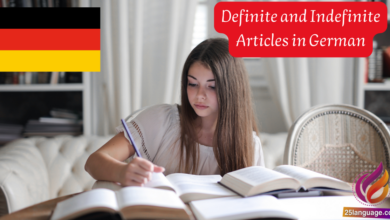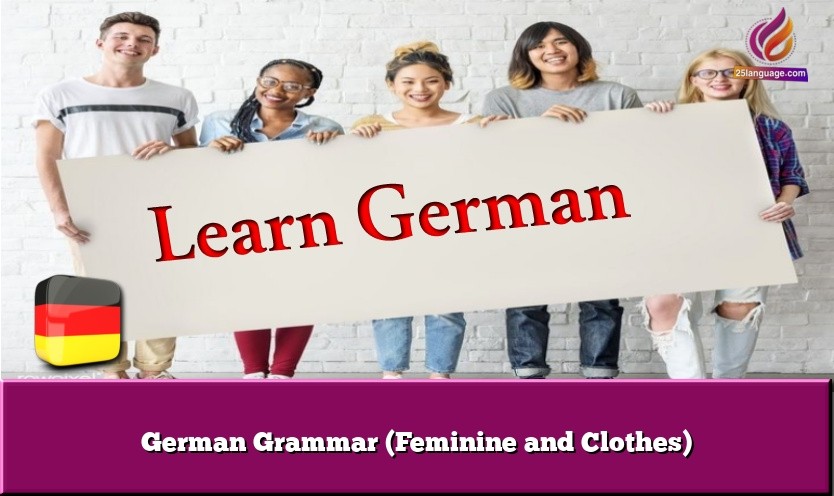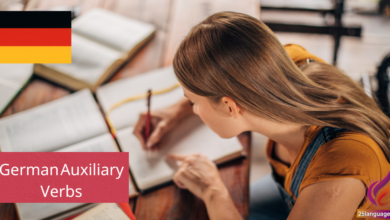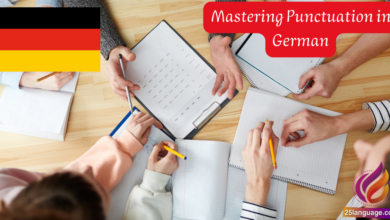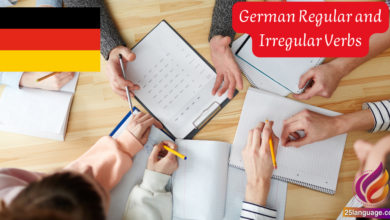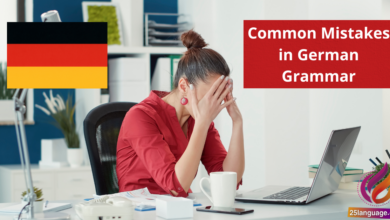German Particles and Their Usage

Unlock the secrets of the German language with the interesting world of particles! These small yet powerful words—like “doch,” “ja,” and “mal”—can transform a simple sentence into one rich with meaning and emotion. By mastering their usage, you’ll not only enhance your conversational skills but also gain a deeper understanding of German culture and dialog nuances. Get ready to enrich your language journey and express yourself with flair!
Understanding German Particles: Essential Concepts and Practical Applications
German particles are small words that can change the meaning of a sentence or indicate subtle nuances in the speaker’s attitude. Understanding these particles is crucial for mastering German, as thay often convey feelings or emphasis rather than grammatical facts. Common categories of German particles include:
- modal particles: These modify the sentence mood or tone.
- Focus particles: These emphasize a specific part of the sentence.
- Discourse particles: These help in structuring discourse.
Such as, the modal particle “ja” can be used to imply certainty or a shared understanding. In the sentence “Das ist ja interessant!” (This is indeed interesting!), “ja” adds emphasis to the speaker’s agreement or surprise. another example is the focus particle “so,” used in “Das ist so gut!” (That is so good!), highlighting the degree of goodness. To fully grasp the nuances of these particles, it’s crucial to practice their usage in context.
| German Example | Particle | english Translation |
|---|---|---|
| Ich komme morgen ja auch. | ja | I am indeed coming tomorrow, too. |
| maria hat das so gemacht. | so | Maria did it that way. |
| das ist schon klar. | schon | that is already clear. |
Navigating Everyday Conversations with German Particles
German particles are small words that can substantially change the meaning of a sentence or provide additional nuances. They often add emotion or create a more conversational tone. Some common German particles include ja, doch, mal, and eben, each serving unique functions. For example, ja is frequently enough used to affirm statements or express surprise: Das ist ja interessant! (That is indeed interesting!). Another example is doch, which can be used to contradict a negative statement: Das ist doch nicht so schwer. (That’s not so tough, after all).
Additionally, particles like mal can have a softening effect on commands or requests, making them sound more casual: komm mal hierher! (Come hear for a moment!). On the other hand, eben can imply that something is just the way it is, often accepting a situation: Das ist eben so. (That’s just the way it is.). Understanding these particles enhances conversational fluency and can definitely help you sound more natural when speaking German. Here’s a table that summarizes some of these particles along with their functions:
| German Particle | Function | Example in German | English Translation |
|---|---|---|---|
| ja | Affirmation/surprise | Das ist ja interessant! | that is indeed interesting! |
| doch | Contradiction | Das ist doch nicht so schwer. | That’s not so difficult, after all. |
| mal | Softens commands | Komm mal hierher! | Come here for a moment! |
| eben | Acceptance of a situation | Das ist eben so. | That’s just the way it is. |
Mastering the Nuances of German Particles for Effective Communication
German particles are small words that play a important role in shaping the meaning and tone of sentences. They can indicate mood, emphasize a point, or provide additional context. Understanding how to use these particles effectively helps English-speaking learners enhance their fluency in German. Key particles include:
- doch - often used to contradict a negative statement or to add emphasis.
Example: Das stimmt nicht, doch das sehe ich anders. (That’s not true,but I see it differently.)
- ja – can be used to affirm something that should be obvious or to soften a command.
Example: Du weißt ja,dass ich es versuche. (you know that I am trying.)
- mal - used to soften requests or statements, frequently enough implying a sense of casualness.
Example: Kannst du das mal bitte machen? (Can you please do that (for a moment)?)
Another set of particles are those that modify the pragmatics of a statement and alter its perception in conversation. Important ones include:
- schon – often used to indicate that something is already true or accepted.
Example: Ich habe das schon gemacht. (I have already done that.)
- eben – conveys the idea of ‘just’ or ‘simply,’ often to suggest straightforwardness or inevitability.
Example: Es ist eben so. (it is just so.)
- gerade – indicates something happening at the moment or ‘just now.’
Example: Ich bin gerade beschäftigt. (I am just busy right now.)
| German Example | Particle | Meaning in English |
|---|---|---|
| Ich habe es ja gesagt. | ja | I did say it (you should know). |
| Das ist doch klar! | doch | That’s obvious! |
| Kannst du mir mal helfen? | mal | Can you help me (for a moment)? |
| Ich mache das schon. | schon | I will do that (already). |
| Es ist eben nicht so. | eben | It simply isn’t like that. |
| Ich bin gerade hungrig. | gerade | I am just hungry right now. |
From Basics to Proficiency: Leveraging German Particles in Your Learning Journey
In the German language, particles play a significant role in modifying the meaning of verbs and providing additional context. These small words influence the action described by the verb significantly, so understanding how to use them effectively is crucial for developing proficiency. Some common German particles include an, aus, mit, unter, and vor.As an example, the verb kommen means “to come,” but when paired with the particle an, as in ankommen, it means “to arrive.” Similarly, mitkommen means “to come along.”
Particles can also be separated from the verbs they modify, especially in the case of the prefix verbs in German. Such as, consider the verb aufstehen (to stand up), which can be used in a sentence like Ich stehe um 7 Uhr auf (I get up at 7 o’clock). In contrast, when using separable particles, the order may shift in compound sentences, leading to constructions such as er steht früh auf, emphasizing both the action and the timing. Here are some additional examples highlighting this structure:
| German Example | Rule/Particle | English Translation |
|---|---|---|
| ausziehen | Particle: aus | to undress/take off |
| fernsehen | Particle: fern | to watch TV |
| vorbereiten | Particle: vor | to prepare |
| mitspielen | Particle: mit | to play along |
Key Takeaways
Fazit: Deutschpartikeln und ihre Verwendung
Herzlichen Glückwunsch zu Ihrer Fortschritt in dieser Lektion über die faszinierende Welt der Deutschpartikeln! Wir haben gemeinsam erkundet,wie Partikeln wie „ja“,„doch“,„mal“ und „schon“ den Ausdruck im Deutschen verfeinern und die Nuancen der Kommunikation bereichern können. Diese kleinen, aber mächtigen Wörter sind essenziell, um Ihr Deutsch natürlicher und flüssiger klingen zu lassen.
Denken Sie daran, dass das Verständnis und die Verwendung von partikeln nicht nur Ihre sprachlichen Fähigkeiten verbessern, sondern auch bei der Interaktion mit Muttersprachlern Türen öffnen können. Sehen Sie die Partikeln als Werkzeuge, um Emotionen und Intentionen subtiler auszudrücken.
Ich ermutige Sie, das Gelernte aktiv anzuwenden. Versuchen Sie, Partikeln in Ihren Gesprächen und beim Schreiben einzusetzen. Experimentieren Sie mit ihnen, spielen Sie mit der Sprache und beobachten Sie, wie sich Ihre Kommunikation dadurch verändert. Geben Sie sich Zeit und bleiben Sie geduldig mit sich selbst – Sprachbeherrschung ist ein Prozess, der mit jeder neuen Erfahrung wachst.
Herzlichen Dank für Ihre Teilnahme an dieser Lektion! Lassen sie uns auf unserem Weg zur Meisterschaft der deutschen Sprache weiter voranschreiten. Viel Erfolg und Freude beim Üben!

